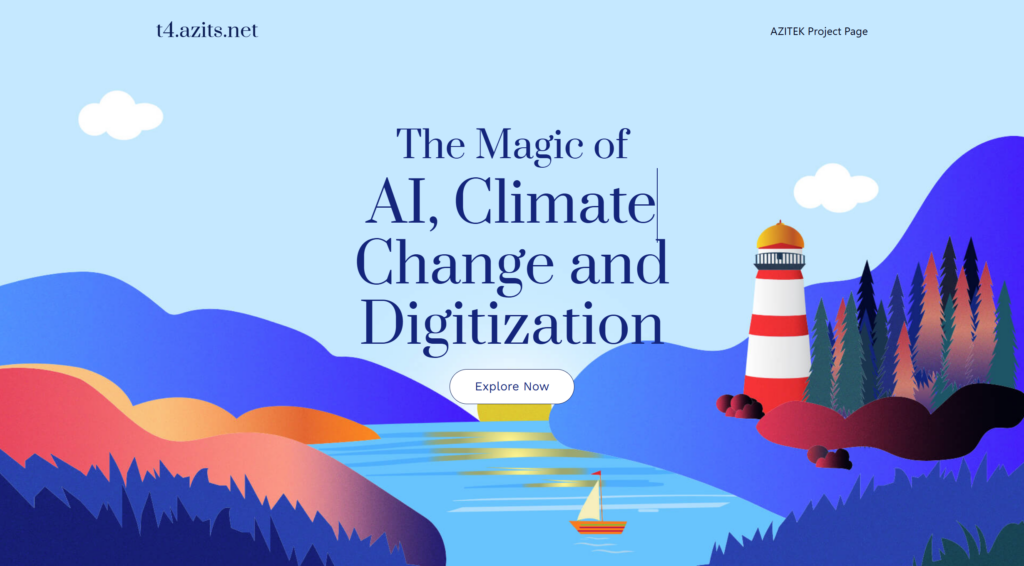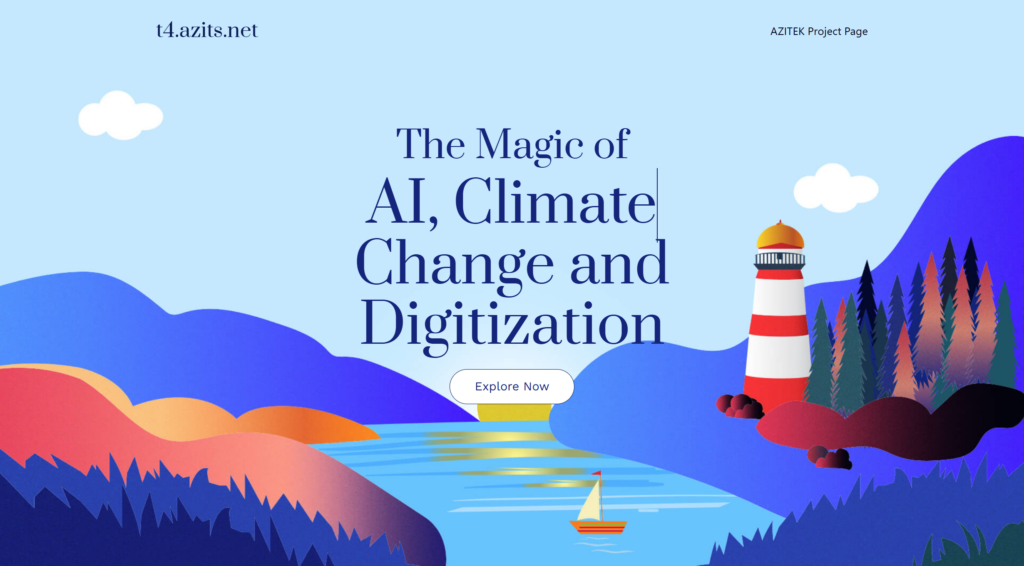Introduction
Welcome to our exploration of the government’s architecture as an enterprise, designed uniquely for small island states. Our government system functions as a complex yet coherent network of interlinked organizations, each playing a crucial role in facilitating effective governance and public service delivery.
At the core of our focus is the strategic integration of digital technologies to streamline processes and enhance accessibility. This website/document outlines our commitment to transforming how citizens interact with government registries through digital submissions of information, data, records, forms, etc., aiming to make administrative processes more efficient and transparent.

Our goal is to develop a master blueprint that not only addresses the current needs but also anticipates future challenges, ensuring that our government remains adaptive and responsive. This digital transformation initiative is tailored to harness the unique potential of small island states, fostering an environment where technology empowers both governance and the community.
Harnessing Digital Transformation for Small Island States
“In our pursuit of progressive change, this digital transformation initiative is meticulously designed to harness the unique potential of small island states. Our goal is to foster an environment where technology not only enhances governance but also empowers the entire community. Through strategic integration of digital solutions, we are committed to building resilient infrastructures that adapt to both current needs and future challenges, ensuring that technology serves as a cornerstone of development and an enabler of sustainable growth.”
Chapter 1: Architectural Components
1.0: Architectural Components Defined
Architectural components are fundamental parts that make up the overall structure of a system, designed to work together to fulfill the system’s functions. Here’s a detailed breakdown:
- Hardware Components: Physical infrastructure such as servers, computers, and networking devices.
- Software Components: Applications, operating systems, and databases that manage data processing.
- Data Components: Structures for storing, retrieving, and manipulating data, including databases and data schemas.
- Interface Components: Facilitate interactions between software systems and users, including GUIs and APIs.
- Networking Components: Network software and hardware that connect devices and allow communication.
- Security Components: Protect the system from threats with firewalls, encryption, and security policies.
- Process Components: Workflows and rules that govern how tasks are executed within the system.
Government Operational Framework: Architectural Components

As we design the future of government operations, especially for small island states, these key architectural components are essential to function as a single, coherent organism:
Establish a clear governance model with defined roles, responsibilities, and transparent decision-making processes to ensure accountability at all levels.
- Data Management and Integration
Implement robust data management systems that ensure seamless flow and accessibility of data across departments, respecting privacy and protection regulations.
- Interoperability Framework
Adopt standards and protocols that enable different IT systems and software to interact seamlessly, fostering functional interoperability across governmental platforms.
- Cybersecurity Measures
Secure sensitive government data with advanced cybersecurity measures including firewalls, encryption, and intrusion detection systems.
- Service Delivery Channels
Develop integrated service delivery channels, including online portals and mobile apps, to provide citizens with consistent access to government services.
- Digital Infrastructure
Build a scalable and robust digital infrastructure with the necessary hardware and software to support efficient government operations.
- Legislative and Regulatory Framework
Ensure a supportive legislative and regulatory environment that upholds data governance, privacy, security, and compliance with international standards.
- Change Management and Training
Facilitate smooth transitions to new technologies through ongoing change management and comprehensive training programs for all government employees.
- Performance Monitoring and Evaluation
Utilize monitoring tools and evaluation processes to continuously improve the performance and effectiveness of government services.
- Sustainability and Resilience Planning
Incorporate sustainability and resilience into governmental planning to address environmental challenges and ensure robust disaster recovery protocols.
These components are not just pillars but are interwoven threads that create a resilient and responsive government structure, tailored to meet both present and future demands of our citizens.
2.0 Welcome to Our Presentation on Government System Architecture
Introduction
Welcome to our detailed exploration of the architectural components essential for optimizing government systems, specifically tailored for small island states. This presentation is designed to provide a comprehensive guide through ten core chapters, each dedicated to a fundamental aspect of governmental architecture.
Presentation Structure
Our presentation is organized into chapters, each focusing on one of the ten core architectural components critical for a government system. These components have been selected for their relevance and impact on the efficiency and effectiveness of government operations, especially in the context of small island states.
Chapter Breakdown
- 1. Governance Structure: Understanding the roles and responsibilities within the governmental framework.
- 2. Data Management and Integration: Strategies for managing data flows across departments.
- 3. Interoperability Framework: Ensuring that different IT systems can work together seamlessly.
- 4. Cybersecurity Measures: Protecting sensitive data and systems from cyber threats.
- 5. Service Delivery Channels: Enhancing citizen access to government services through multiple channels.
- 6. Digital Infrastructure: Building the backbone of technology that supports government operations.
- 7. Legislative and Regulatory Framework: Aligning government processes with legal standards.
- 8. Change Management and Training: Preparing government personnel for smooth transitions in system upgrades or changes.
- 9. Performance Monitoring and Evaluation: Tools and strategies for assessing government performance.
- 10. Sustainability and Resilience Planning: Ensuring that government operations are sustainable and capable of withstanding various challenges.
Presentation Format
Each chapter is presented in bite-sized segments, making the information easily digestible and actionable. We incorporate relevant examples that are localized to the context of small island states, providing practical insights and real-world applications of each architectural component.
Our Aim
Our goal is to equip you with the knowledge and tools necessary to understand and improve the architecture of government systems in small island states. By the end of this presentation, you will have a clear understanding of how each component functions and how they interconnect to form a cohesive and effective government system.
Conclusion
We invite you to explore each chapter thoroughly and engage with the content. Your feedback and questions are welcome as they will enrich our ongoing discussion and help us tailor further content to your needs.